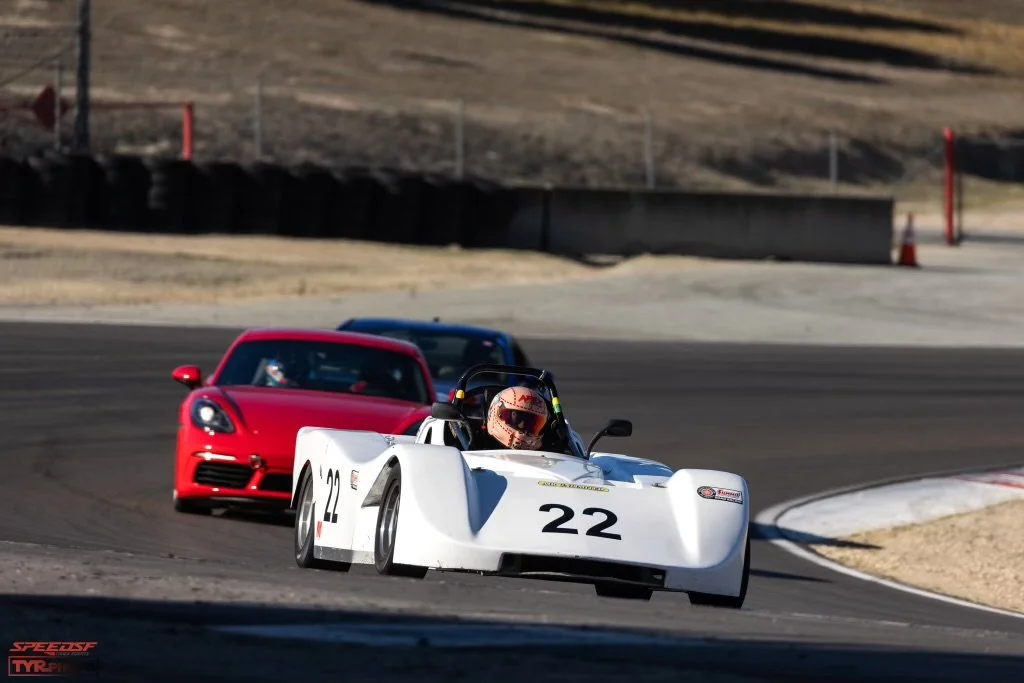
SpeedSF Blog
Every Build Has a Story – Meet the Cars of SpeedSF

Max’s Spec Racer Ford: Lose The Ego
After cutting his teeth in a Porsche, Max got an inkling that going to a lighter, cheaper, more expendable device might expedite his improvement as a driver and budding racer.

Aidan’s GT3: Vision Realized
Driven to realize a very specific dream built on years of tuning high-revving Hondas, Aidan decided that this 991.2 GT3 would have the subtle cosmetic touches to wow crowds and the high-end racing modifications to set seriously impressive lap times.

Nic's Porsche 911: Take a Chance on the 996
Take a risk and keep it simple. Nic Gerardi’s shown us that the 996.1 Carrera’s a great track car with the right modifications. Stout, light, full of feel, and very reliable, it might be worth the chance of a bad IMS.

Ed Susman's 718 Cayman: Proving the Four-Cylinder's Potential
After years of tuning flat-fours in Subarus, Ed Susman realized he might have a new audience if he learned to tune the new Porsche Cayman with that engine configuration. As he learned, it didn’t take much to make this 2.5-liter engine seriously powerful.
